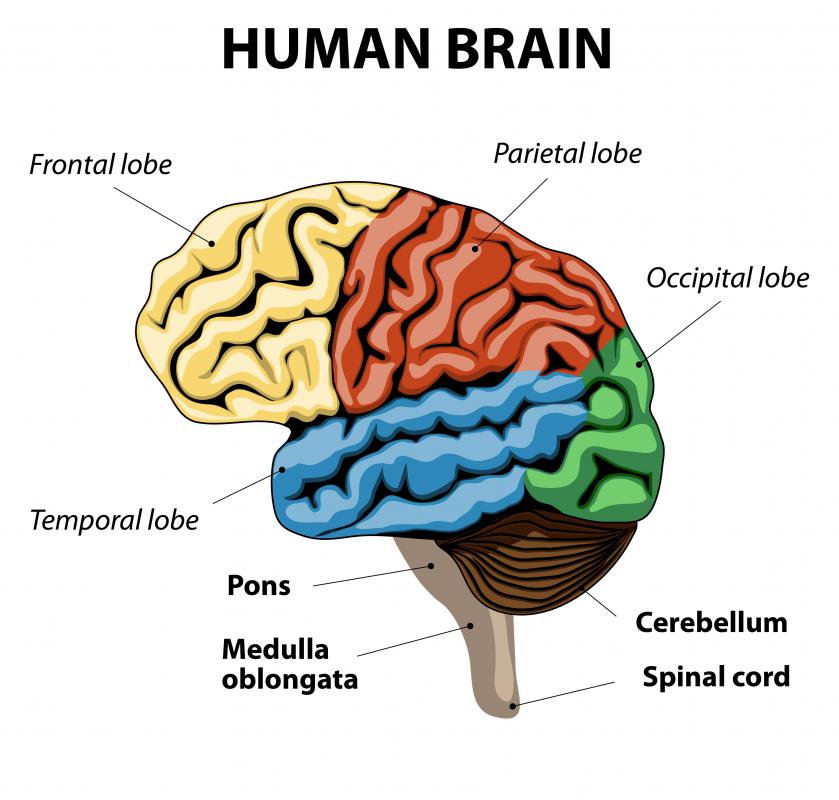At TheHealthBoard, we're committed to delivering accurate, trustworthy information. Our expert-authored content is rigorously fact-checked and sourced from credible authorities. Discover how we uphold the highest standards in providing you with reliable knowledge.
What is Alexander Disease?
Alexander disease is a disorder of the nervous system that can disrupt nervous system functions. This disease is a part of a group of disorders called leukodystrophies that destroy myelin, which are fibers that cover and insulate neutrons. Myelin also helps in the quick transmission of electrical impulses — what your brain uses to tell the rest of the body to move and function. Without myelin, impulses can stop or be disrupted.
There are several forms of Alexander disease. The infantile form is the most common and manifests itself before a person reaches two years old. Signs of the infantile form include an enlarged head and brain, also called megalencephaly, and seizures. Spasticity, or the stiffness in a patient's arms, legs, or both, can also result. Alexander disease in the infantile state may also cause intellectual disability and delay mental development.

Alexander disease can also happen later in life—either in childhood or in adulthood. Symptoms of the juvenile and adult forms include problems with swallowing, seizures, and poor coordination, also called ataxia. If Alexander disease happens to a child within the first month of their life, it is the neonatal form. Symptoms for the neonatal form include intellectual disability, seizures, and hydrocephalus, which is the buildup of fluid in the brain. The neonatal form is the rarest form of Alexander disease.

Alexander disease is caused by the mutation of the gene glial fibrillary acid protein (GFAP). GFAP is a part of the intermediate family of proteins that forms networks and supports and strengthens cells. It is not usually inherited by parents. A person can develop a mutation of the gene without any family history.
This disease is present as an autosomal dominant pattern, meaning that it only takes a mutation of one copy of the GFAP gene in order for a person to manifest the disease. Each person has two copies of each gene on their chromosomes, and gene can say something slightly different. When the information on the genes is put together, a person’s trait—like eye color—is determined. With an autosomal dominant pattern, the information in question only has to be one on gene in order for the person to inherit that particular trait. This means that only one of the two copies of GFAP can be mutated for the person to develop the disease.
There is no cure for Alexander disease, nor is there an agreed-upon method for treating the disease. Doctors are only able to treat a patient’s symptoms. This means that although a doctor can prescribe therapies and medicine to treat seizures and spasticity, the disease will still remain. Research is being done in order to learn how to treat and cure this disease and other leukodystrophies like it.
AS FEATURED ON:
AS FEATURED ON:












Discuss this Article
Post your comments